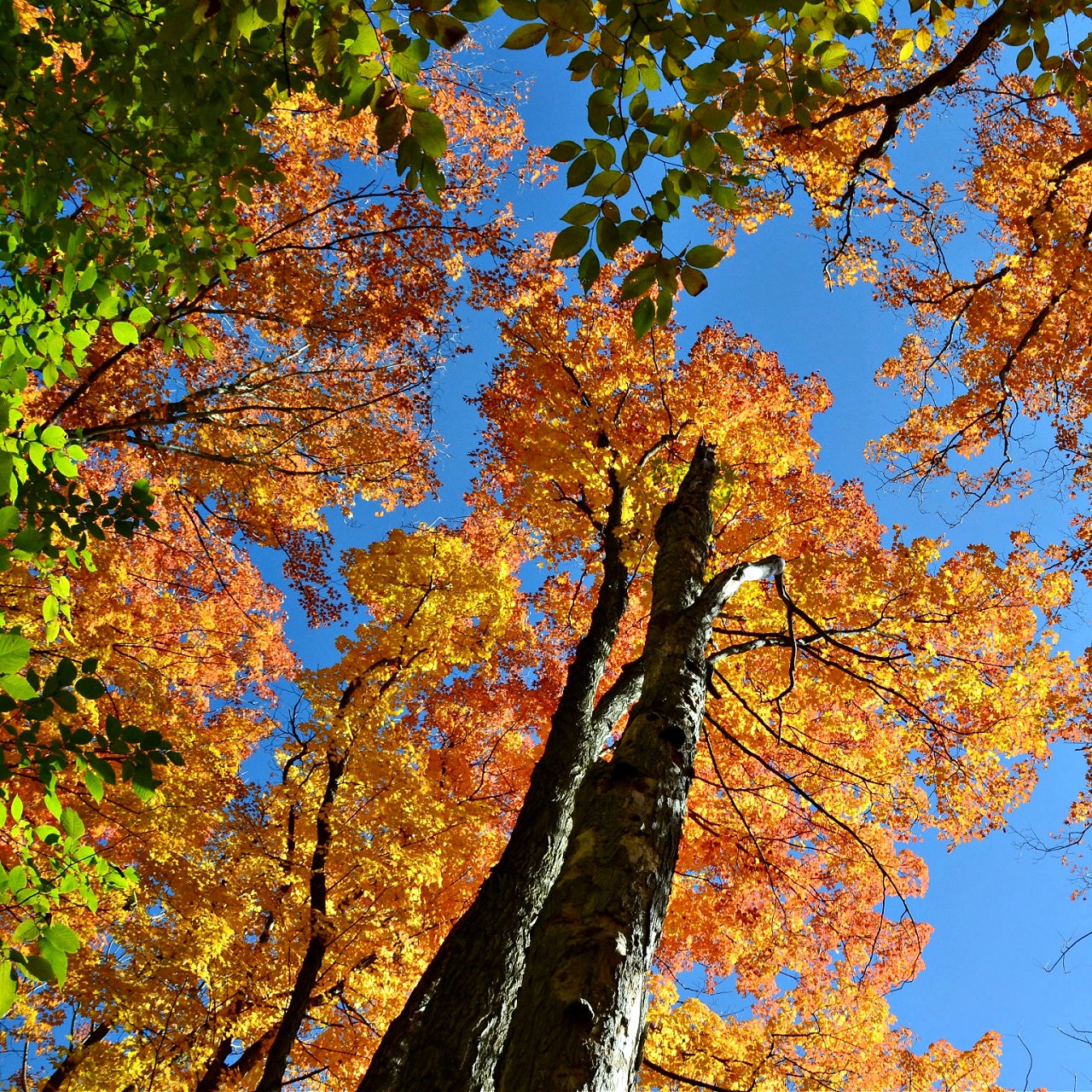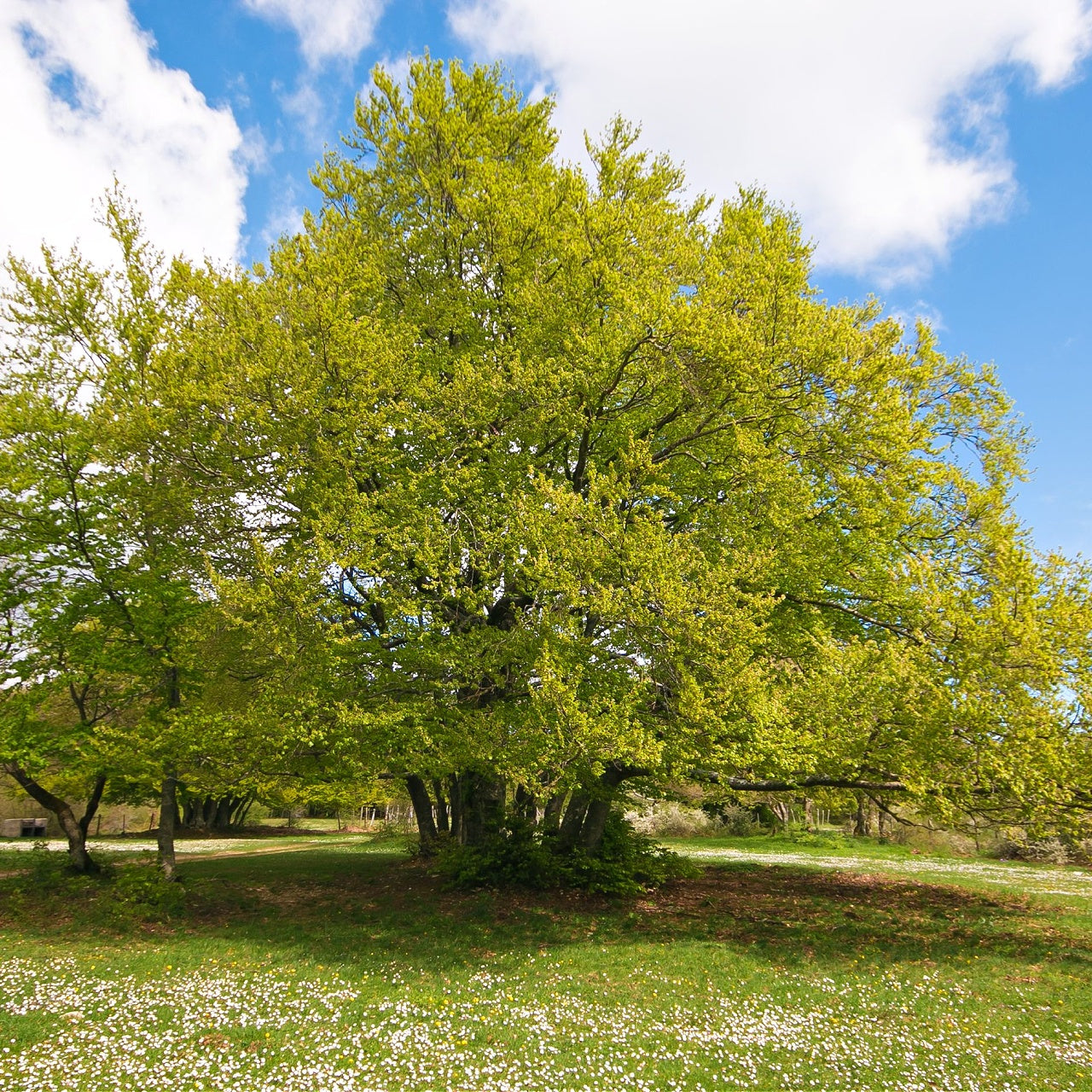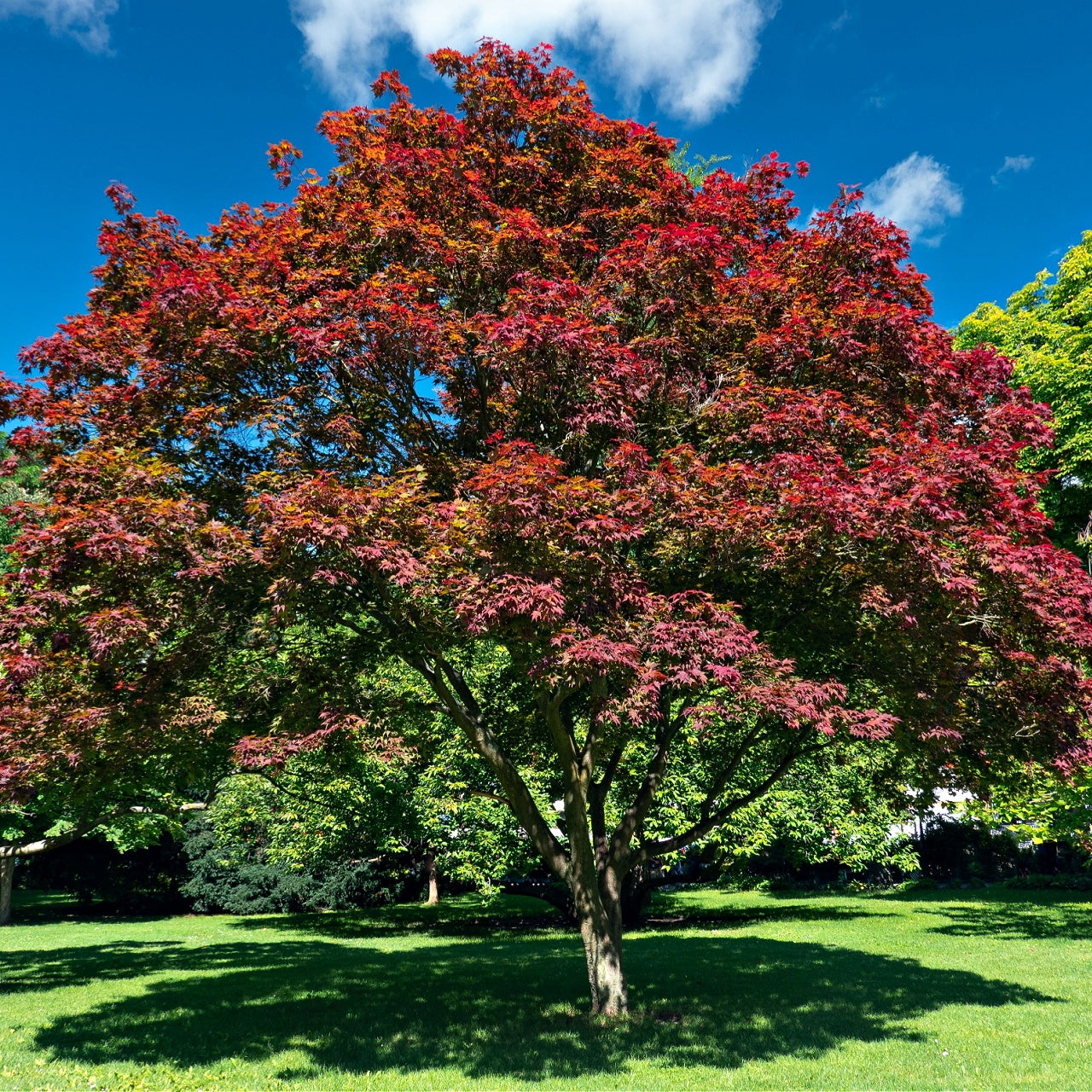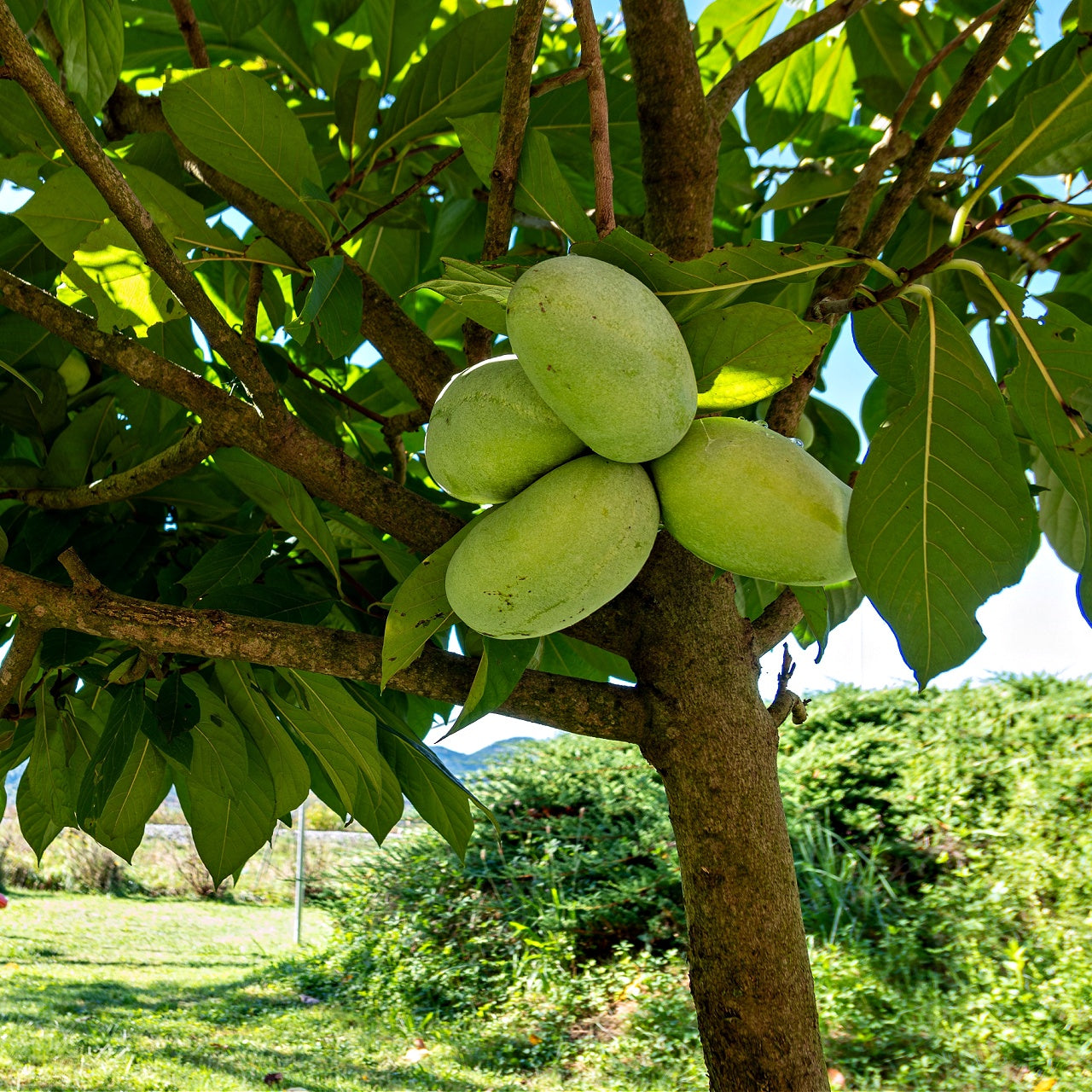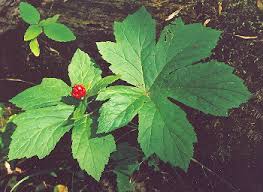
Yellow Root
Yellow Root
The Yellow Root, or Xanthorhiza simplicissima, is found throughout the United States. They occur in mountains and states like Kentucky, New York, and Florida. It is classified as growing well in USDA hardiness zones 4-9. The best growing conditions have limited light, as this is a shade-loving, deciduous shrub. Its ideal soil type is sand, clay, or silt, and it should have an acidic pH. As its name suggests, the Yellow Root has long, outward-extending yellow roots. Other characteristics of the plants, however, are not yellow. It boasts rich, celery-green leaves and burgundy flowers that flower in the spring. The leaflets measure between 1" and 3" and are clustered in triplets along a thin stem. The flowers are miniscule, and each flaunts six tiny petals that are thin, pointed, and star-like. The flowers extend from trailing stems that rest together at the bottom of the plant's leaves. The plant may reach a height of up to 3' long and a spread of 6" to 10". Considered to grow at a medium to fast pace, it will reach this height and width approximately ten years from being planted. In landscaping, the Yellow Root is ideal for ground cover. Many choose to include this plant in a container design as well. The garden must have at least some shade if incorporated into a garden. The leaves of the Yellow Root offer a nice contrast to other shade-loving plants with darker foliage. It is seen as an asset plant in the landscaping design communities because of its resilience to colder temperatures. Early Native Americans utilized the roots of this plant as a cold-fighting remedy. In addition to replacing non-prescription cold medicines, the Native Americans believed an herbal Yellow Root tea would help fight hemorrhoids, gastrointestinal distress, liver jaundice, and ulcers.



